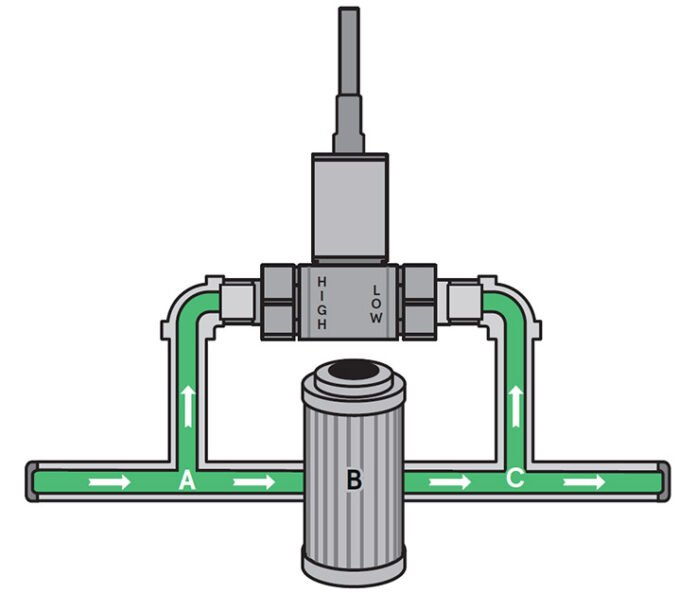No matter where you look across the industry spectrum, you’ll find pressure sensors. Pressure, and its precise detection for monitoring or triggering of an output signal, is a key feature in the manufacturing, consumer, building, medical, automotive and many other industrial sectors, leading to ever-intensifying demand in the multi-billion dollar pressure sensor market. The latest innovations in the vast range of pressure sensors are contributing to ever smarter, safer, and more efficient operations, so let’s take a deep dive into a small electronic device that is sure to also benefit your organisation.
What’s the big deal about pressure?
Pressure is the measure of applied force on a surface, measured in force units including Bar, N/mm2 (Newton per square millimeter), Pascal (Pa) and psi (pounds per square inch). No matter the measurement, a pressure sensor is any device that detects and calculates that physical characteristic and turns it into an electrical or optical signal for detection, monitoring or output signal reasons.
While the full range of various pressure sensor types is vast, the basic functionality is common – a pressure sensing device detects pressure changes and turns it into an electrical signal, normally to trigger a proportional output signal. The technologies in play across the spectrum of pressure sensor varieties, however, varies significantly – although the common goal is to ensure high levels of accuracy and reliability.
The basic working principles of pressure sensors depend on the device type, and they include:
- Strain gauge
One of the most common pressure sensor types, strain gauge devices convert applied force (or strain) into a proportional change in electrical resistance. In this context, ‘strain’ is the resistance force of any object causing stress, displacement or deformation.
- Capacitive
This pressure sensor type also does its measuring of pressure based on detecting changes in electrical capacitance, but specifically those changes caused by movement in a diaphragm component. The working principle is based on two conducting plates separated by a defined gap, with changes in the original variables disrupting the capacitance in a proportional way.
- Piezoresistive
A diaphragm is also a feature of the Piezoresistive sensor, configured in a simple and integrated strain gauge layout which makes them very widespread. The working principle is again based on electrical resistance changes in a conductive material, but this time based on stretching that material. As resistance is proportional to length, even the slightest stretch proportionally increases resistance.
- Resonant
While all the other sensors listed above operate on the basis of body deflection, the resonant sensor detects proportional changes in resonance frequency. Resonance occurs when energy can be managed between two storage methods, so the pressure sensor based on this working principle measures stress based on how the resonance changes when pressure is applied.
Are you ready to start browsing the vast and evolving range of next-generation pressure sensors? Depending on your application, the required sensor will need to work in a specific way, so bear in mind:
* The measurement type
* The pressure range
* The operating environment
* The required accuracy
* The relevant output.
It’s crucial to consider the upsides and downsides of each pressure sensor type to maximise the relevance and reliability for your organisation’s specific applications, so always check in with an industry expert for guidance.
